Why does this artist like to run with horses in the fields in what the mother gave birth to
Categories: Animals | Nature | Photo project
By Pictolic https://pictolic.com/article/why-does-this-artist-like-to-run-with-horses-in-the-fields-in-what-the-mother-gave-birth-to.htmlIn his personal and professional life, Nick Turner has one constant thing — his connection with horses. The American artist, who works in various genres and directions, spent his teenage years in France. He photographs, paints and paints pictures, and his fascination with nature and admiration for the world of horses can be read everywhere. He recently traveled to Iceland with the art organization Twyla, where he worked on self-portraits with horses.
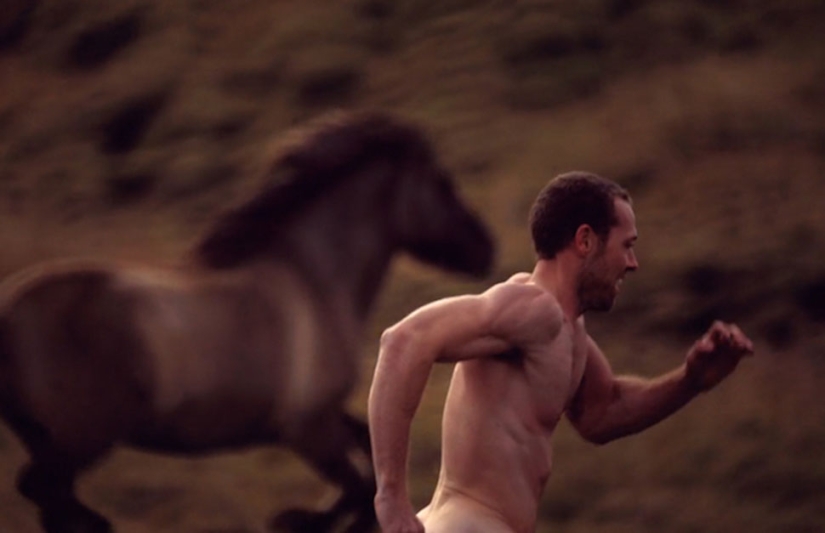
The result is a photo project that explores clean energy and a return to animal instincts in humans. Turner's naked body next to the beautiful horses looks absolutely natural: the muscles of the male body are combined with the horse's sinewy bodies. It looks very beautiful, but what exactly did the artist mean in this series of pictures?
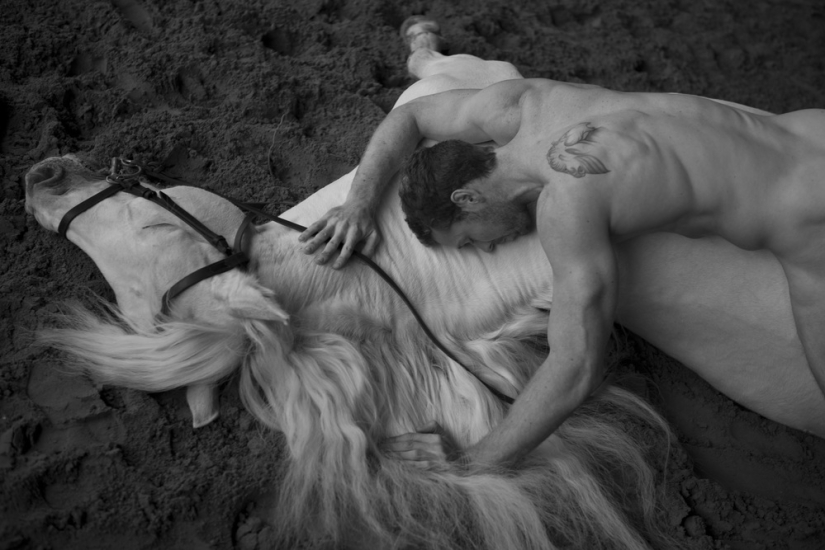
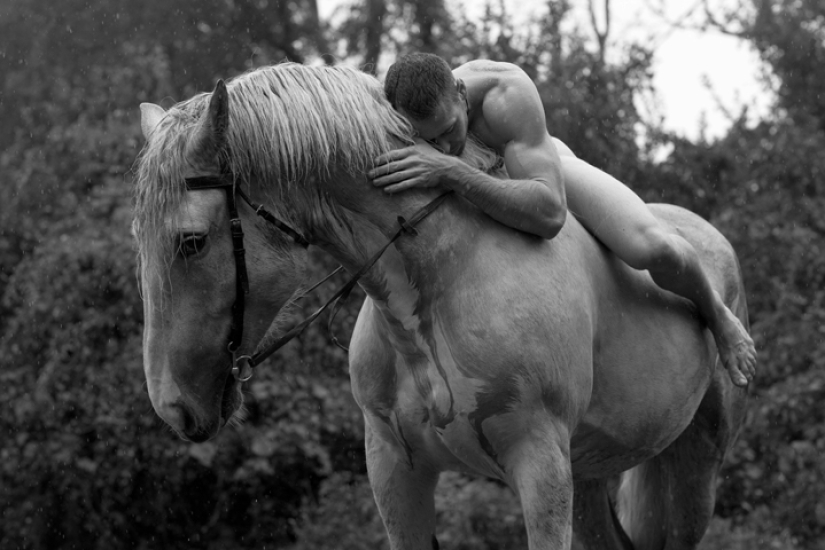
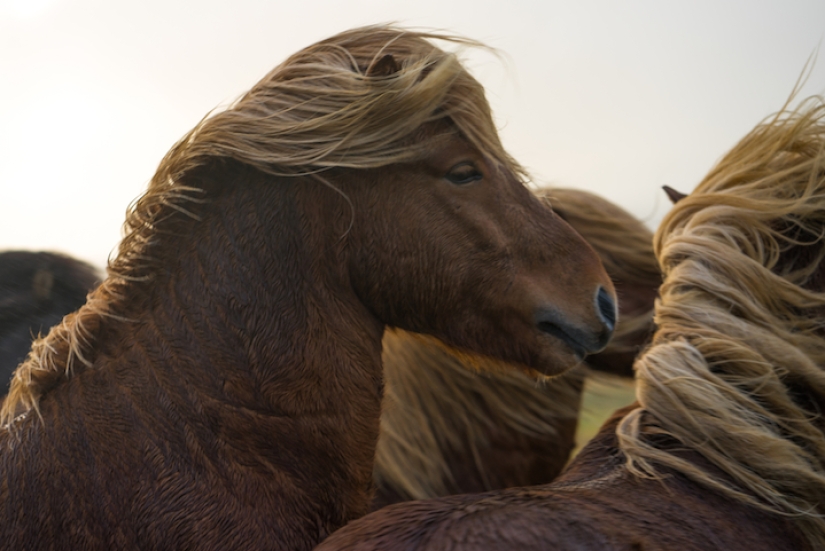
The artist claims that he is close to the philosophy of Thomas Hobbes and the social contract, in which, in the absence of rules and laws or the one who establishes them, man and animal are equal.
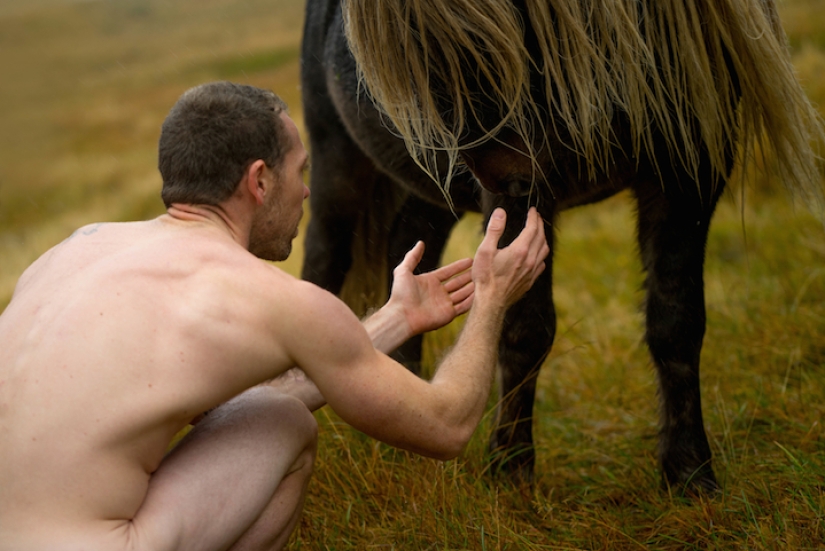
According to Turner, the close connection between humans and horses is due to the fact that throughout history horses have allowed humans to evolve and create new inventions much faster — they gave humans the opportunity to travel and transport themselves, other people and things. Realizing that a horse is a fundamental resource for human life and development, people protected and valued horses.
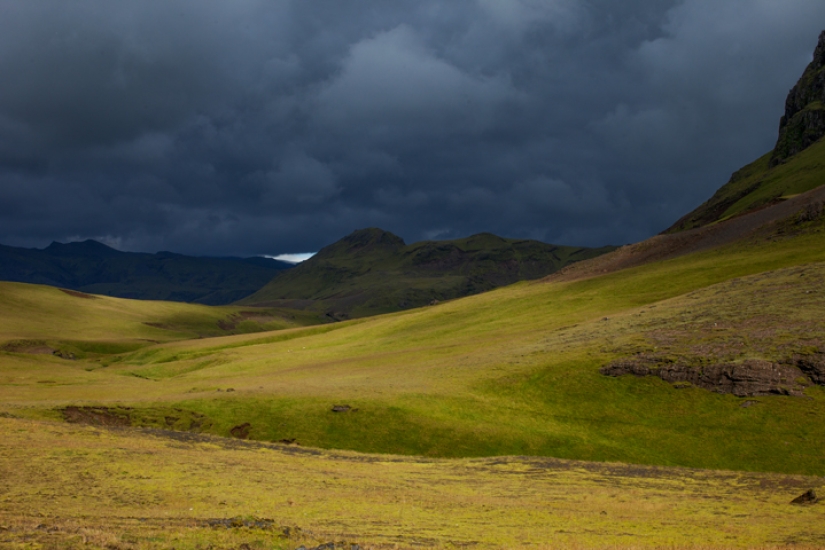
The artist no longer rides professionally, but he is very comforted by communication with horses. He says that these animals have therapeutic properties and help to distract from thoughts, stop the flow of consciousness, albeit for a short time.
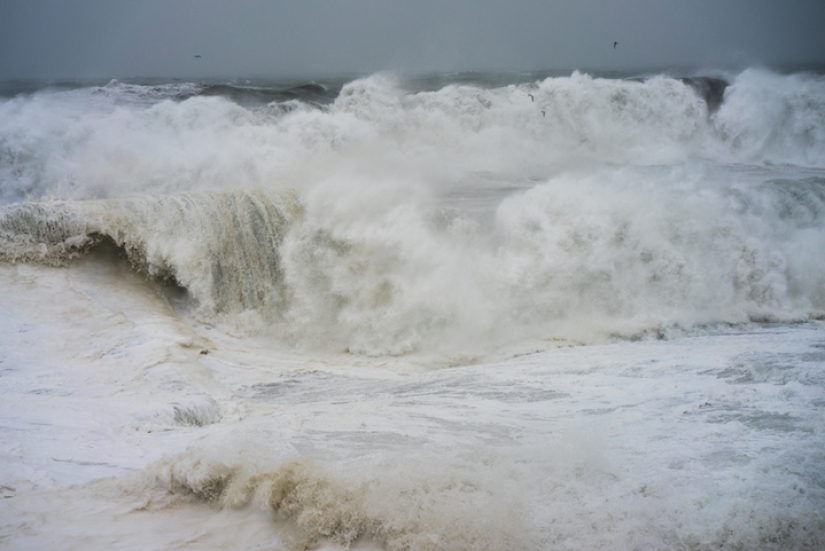
Why did Turner shoot his photo shoot in Iceland? The artist is fascinated by the landscapes and nature of this country, but he is also inspired by its history and culture. This also applies to the culture of horse breeding, as well as the strength and endurance of horses that live in Iceland. Turner says that there is something magical in Iceland: it seems that a dragon is about to come out from behind a rock, and he imagines himself in one of the adventure novels he read as a child.
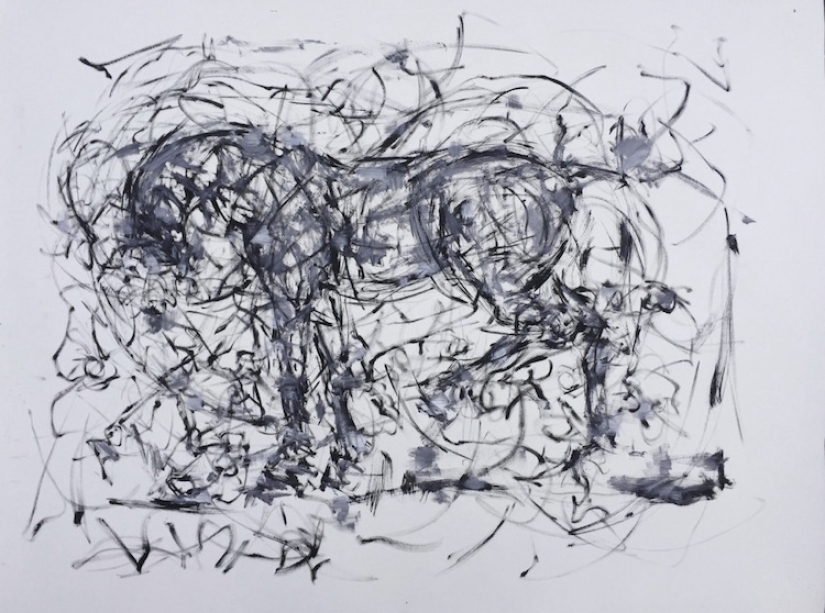
As for paintings and sketching, Turner likes to work quickly in short periods of time, freely shifts paintings on the desktop and does not focus on any one for a long time. He is more interested in the abstract idea of a horse than the real one. He started painting very traditionally and studied at the art school Parsons School Of Design in New York, but in recent years his interests have changed. He started shooting a lot.
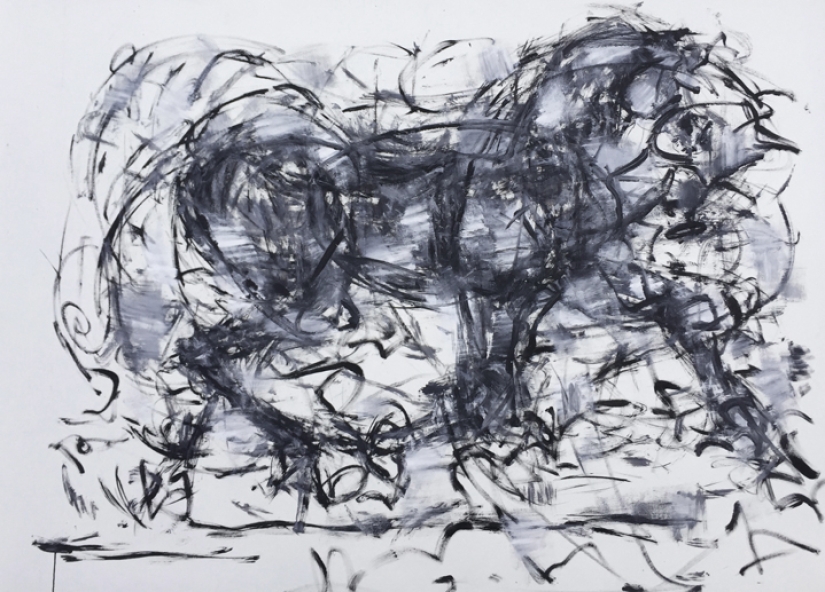
In his paintings included in the Icelandic series, Turner tries to capture his emotional reaction, not what he saw. How did it happen that he was in the photos with horses, and even in the nude? The artist began to shoot for the sake of studying himself. Since Turner grew up an outsider, could not boast of much self-confidence and had a lot of doubts, he decided to figure out why he lacked confidence. Then it turned into a desire to become part of a herd of horses, to explore their primitive instincts, to feel part of a large ecosystem.

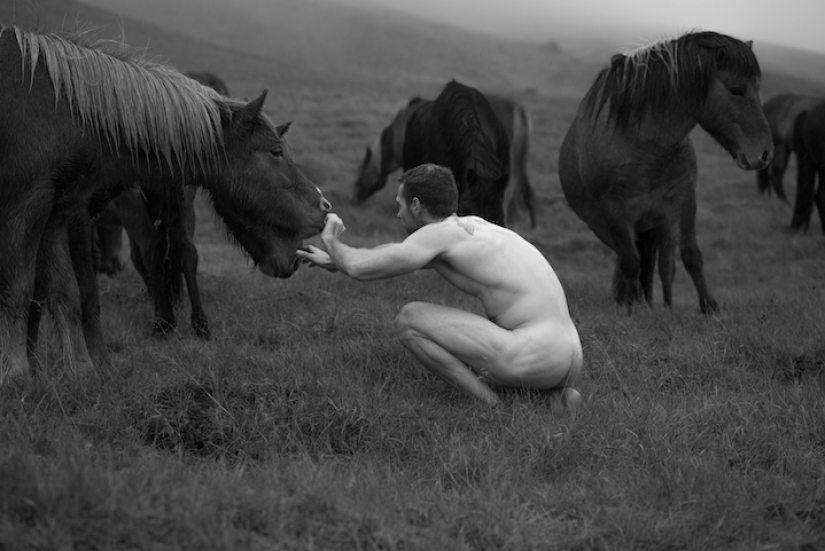
Several times during the filming he fell, he was kicked or stepped on by hooves. Therefore, as the artist says, this is not such a romantic experience at all. But for Turner, the end result is important, and he knows how to appreciate the element of adventure and suspense even in the harshest circumstances. In the process of shooting, he learned a lot about himself, good and bad, thought about human instincts, about their impact on modern society and on human relations with nature.
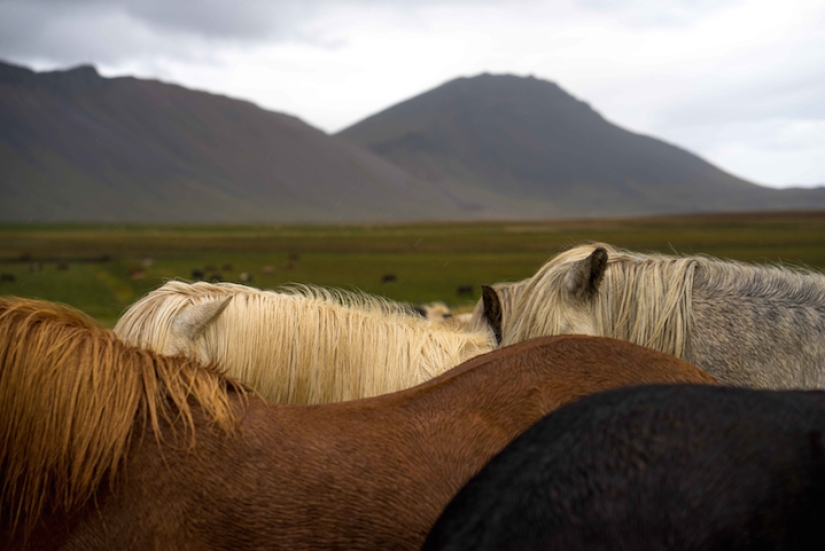
Now society is accustomed to the female nude body, although historically a constant detail of the artistic canon in the history of art was the male nude body.
He lived in Greece for several years, read Greek mythology and got acquainted with classical sculpture, so he admits that he unknowingly fell under their influence.
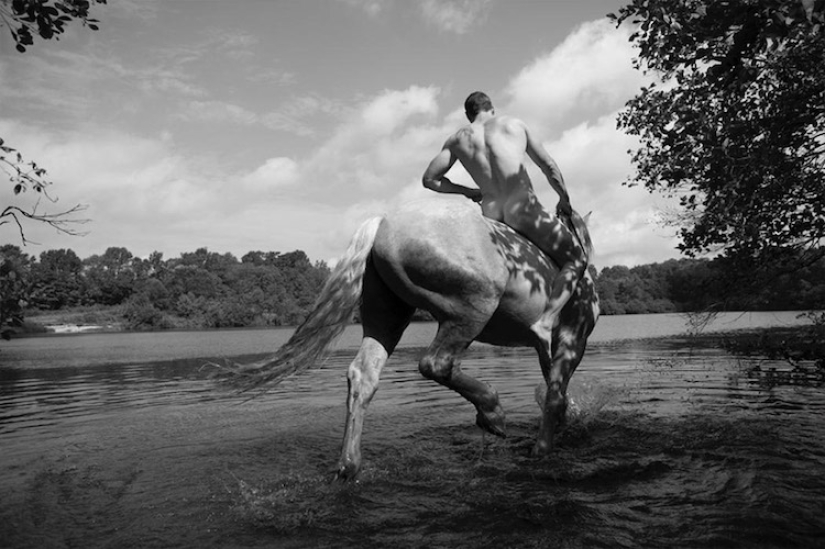
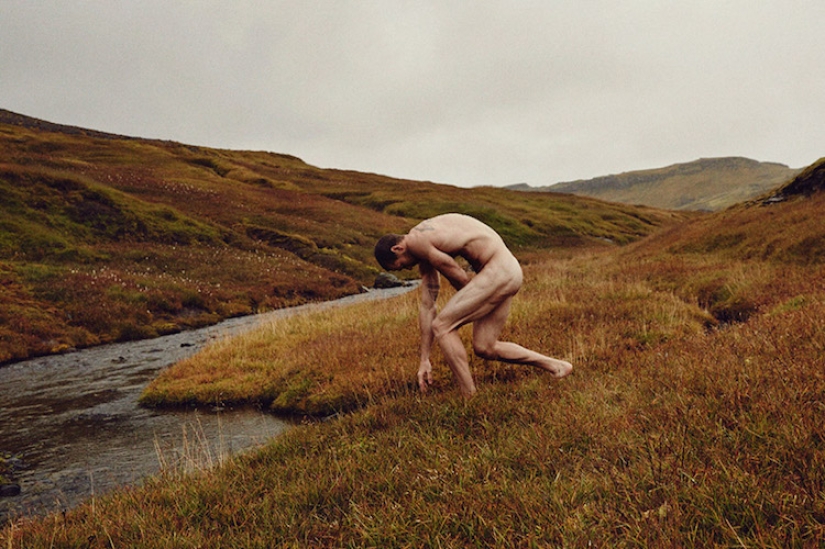

Recent articles

Most of us loved as kids magic tricks, but someone loves them right now. However, the attitude to the hoax became a few others ...

Everything is changing. This is well and has long been known to everyone. But when something stays with you for a long time, it is ...

Compared to the 1970-ies 1980‑e years were a time of cautious optimism in new York. Boom on wall street fueled the speculative ...